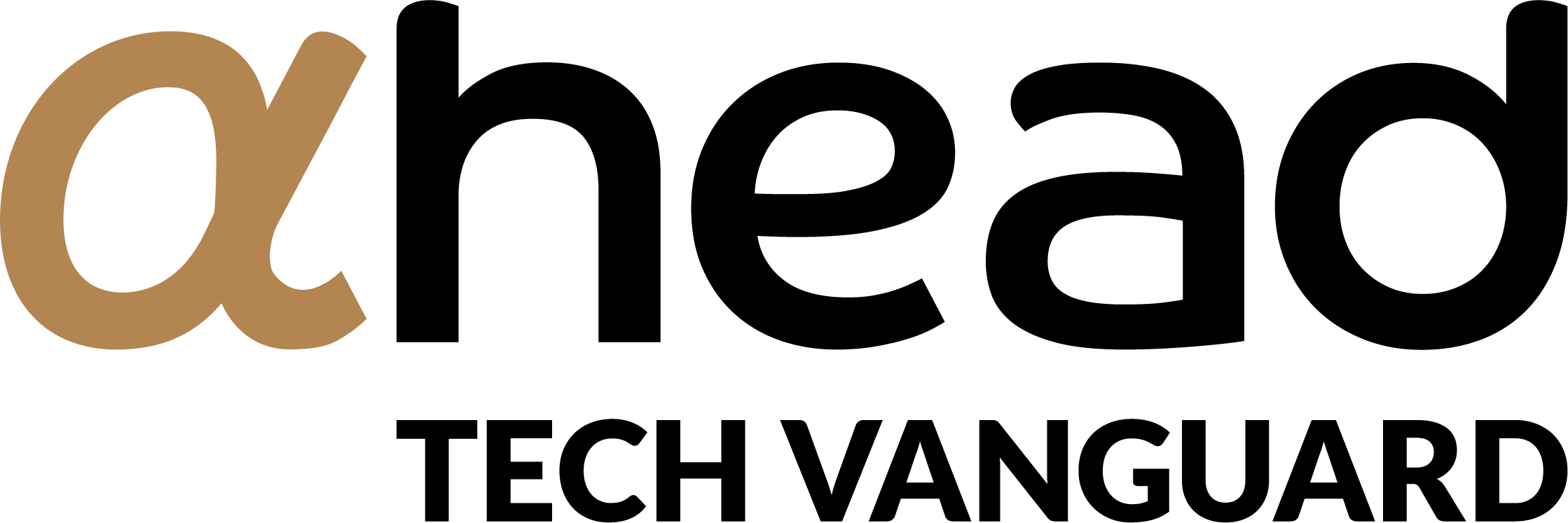SUPPLY CHAIN OPTIMIZATION
What is Supply Chain Optimization?
Supply Chain Optimization is an operation aiming at maximizing performances over the different stages of the supply chain, thus bringing concrete value to both market players and final users.
Optimizing the supply chain allows businesses to maximize profits, reduce operative costs and to create a successful customer experience, while balancing costs in distribution, inventory, production, and transportation.
The definition of Supply Chain Optimization
Supply Chain Optimization consists of a process aiming at the maximization of performance and productivity of the entire supply chain, from production to distribution to the final customer.
The main objectives of Supply Chain Optimization consist of:
- Reducing overall costs connected to the supply chain.
- Improving product quality and reducing shipping times.
- Increasing flexibility in adapting to clients’ and market requests.
There are several techniques and tools that can be used for operating a Supply Chain Optimization, among which modeling and simulation of “what-if” scenarios, analysis and forecast based on historical data, production and distribution planning, transport and warehouse optimization, reduction of the overall time wasted, increased cooperation among the professionals involved in the supply chain.
In short, Supply Chain Optimization is an ongoing process of improvement with the goal of maximizing productivity, quality, and customer satisfaction in the supply chain. Such process requires careful analysis, strategic planning and the use of advanced technological tools to reach the desired goals.
Supply Chain Optimization: practical examples
The optimization of the supply chain is regularly among the objectives of modern business, as it improves profitability, reduces costs and brings a competitive advantage.
Among such business, we can cite Walmart, which employs RFID technologies to trace the flow of goods along the supply chain, therefore successfully managing shipping and warehouse logistics and reducing waiting time for the customer.
Even the giant Amazon employs Artificial Intelligence and Automation to optimize inventory and warehouse management, reducing shipping times and improving the customer experience.
Not to mention Zara and Dell: the former employs a “fast-fashion” production model that allows for shorter production times and for a quicker delivery to the points of sale, improving the ability of swiftly responding to the needs of the market and increasing supply chain flexibility.
The latter employs a “build-to-order” supply chain model that allows for the production of personalized computers based on the requirements of each client, reducing inventory volumes and associated costs and increasing customer satisfaction.
The phases of Supply Chain Optimization vary according to the chosen approach and the specific requirements of the client, but they generally include the following:
- Data analysis: gather and analyze data related to the supply chain, such as delivery times, inventory and costs, in order to identify potential inefficiencies and opportunities for improvement.
- Goals: identify specific objectives within the process of Supply Chain Optimization, such as cost reduction, increase in service quality, improvement of customer satisfaction.
- Designing a supply chain model: defining the structure of the supply chain, including the choice of suppliers as well as managing the inventory and the warehouse.
- Implementation: implementing the new supply chain model, which may imply the introduction of new processes, technologies or collaboration with the suppliers.
- Monitoring and improvement: continuous monitoring of the supply chain performances through KPIs and, if needed, fixes aimed at guaranteeing that the predetermined objectives are followed over time.
It is important to mention that Supply Chain Optimization is a continuous and iterative process what requires constant monitoring and updating to be able to adapt to changes in the market, in the customers’ needs, as well as new available technologies.
Supply Chain Optimization in the business world
For us in aHead Research, Mathematical Optimization is a fundamental tool that makes us able to offer AI-based solutions to optimize the supply chain.
Through the optimization of the inventory and the employment of Machine-Learning algorithms, we were able to reduce the costs of a pilot warehouse by more than 20% and to improve inventory planning, leaving the service quality unaffected.
Another example is the consultancy services we offered to a leading company in the tire industry, that needed a drastic reduction in operative costs without a decrease in the products’ quality.
Through the use of Artificial Intelligence and Mathematical Optimization, we were able to propose a solution allowing for an overall cost reduction by 8%. Hundreds of millions of euros were saved on the planning side, while keeping a high quality and variety in the production mix and respecting all limits imposed by production and supply chain.
